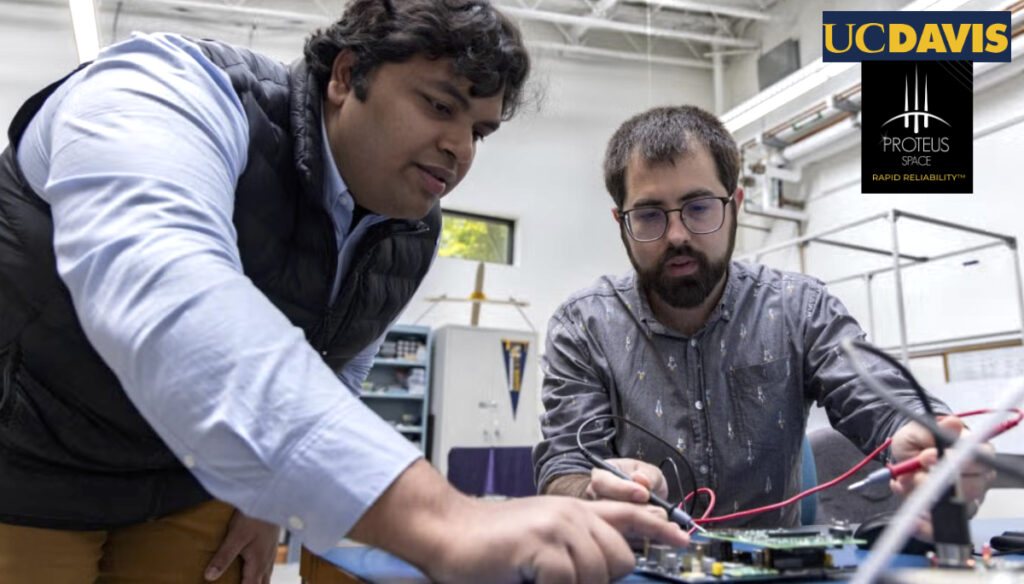Collaboration for rollout in Saudi Arabia and select markets in the Middle East and Africa

AST SpaceMobile, Inc. (NASDAQ: ASTS) and stc group have signed a 10- year commercial agreement to enable direct-to-device satellite mobile connectivity across Saudi Arabia and key regional markets.

As part of this agreement, stc has committed to a prepayment of $175 million for future services and made a significant long-term commercial revenue commitment.
AST SpaceMobile will integrate its space-based cellular broadband connectivity with stc’s terrestrial infrastructure to expand mobile coverage across Saudi Arabia, as well as select countries in the Middle East and Africa. The partnership aims to eliminate connectivity gaps by delivering 5G and 4G LTE services directly to standard mobile phones without the need of any specialized software or device support or updates, for consumers, enterprises, and government sectors, ensuring seamless voice and broadband access
Under this agreement, the first in the region for AST SpaceMobile, the company will build three ground gateways in Saudi Arabia and establish a Network Operations Center (NOC) in Riyadh to support the network’s operations and service quality. These key infrastructure developments will be instrumental in providing seamless connectivity across the region.
The partnership will extend broadband cellular coverage to remote and underserved areas, empowering millions of people with reliable, high-speed connectivity. By complementing stc’s existing mobile networks, AST SpaceMobile’s technology will help drive economic development, education, and digital inclusion across the region.
With this agreement, stc group will become the first operator in the region to adopt direct-to-device satellite broadband connectivity, advancing its strategy to expand digital access, invest in next-generation infrastructure, and shape the future of mobile connectivity across the Kingdom and beyond. By leveraging AST SpaceMobile’s technology, stc group aims to extend its network far beyond the limits of traditional terrestrial infrastructure, delivering enhanced mobile access to customers and reinforcing its position as a leading digital enabler in the region.

Commercial services are anticipated to launch during the fourth Q of 2026, contingent upon securing full regulatory authorization, licensing, and compliance from the Communications, Space and Technology Commission (CST) of Saudi Arabia and other relevant regulatory bodies across the 15-country operating footprint.
stc group regional leadership and commitment to innovation, combined with our pioneering space-based network, will create a paradigm shift in how people connect,” said Abel Avellan, Founder, Chairman, and CEO of AST SpaceMobile “We are pleased to partner with stc as the first regional operator to collaborate with us on this groundbreaking initiative. This partnership is another major leap forward to deliver on the promise of truly universal mobile broadband coverage, bridging the digital divide and empowering millions with reliable and easy-to-use connectivity.”
Olayan Alwetaid, CEO of stc group, said, “By expanding coverage by using the latest innovations in telecommunications technology, stc and AST SpaceMobile are bridging connectivity gaps and ensuring no one is left out of the digital future. It’s a step forward in our ambition to lead in digital infrastructure and deliver world-class connectivity access to everyone, no matter where they are located.”











 constellation. This phase involves assembling the spacecraft and verifying that the onboard systems work together as designed. The constellation is designed to deliver actionable, high-quality data to multiple customers worldwide.
constellation. This phase involves assembling the spacecraft and verifying that the onboard systems work together as designed. The constellation is designed to deliver actionable, high-quality data to multiple customers worldwide.
























